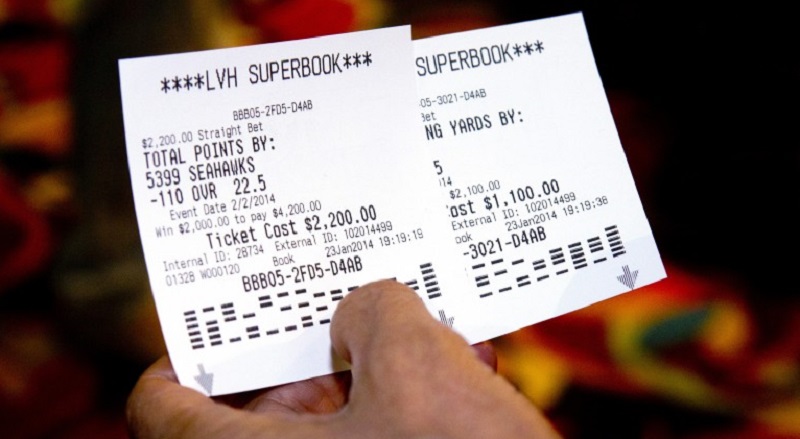“Wait, why does this NFL team have a -235 next to its name? What’s with New England Patriots (-15) vs. Miami Dolphins (+15)? Help! HEEEELPPPP!”
In short - if you see a 'minus' symbol before a set of odds, this means that the team (or person in an individual sport) is a favourite to win. If you see a 'plus' symbol before a set of odds, this means that the team (or person) is an underdog to win. So, let's break down some examples for you. The minus side will pay less than original wager while the plus side will pay more than the original wager. Example of a moneyline wager Low scoring sports like baseball, soccer, and hockey are usually bet on using a moneyline. But they are also popular in football. With money lines, remember that plus signs mean underdogs and minus signs mean favorites. North Carolina is an underdog at +135 and since they are the underdog, you make more than you bet if they win. A bet on North Carolina would pay $135 for every $100 you bet. When betting on favorites to simply win, you won’t be getting as much as you bet. The favorite in a matchup, indicated by a minus (-) sign, will have a given number of points taken away from its final score, while the underdog, known by its plus (+) sign, will have the same number of points added to its final score.
If that sounds like you, we’re here to assist you. If you’ve stared at a board at a sportsbook or just seen spreads and moneylines on the Internet and been utterly confused, don’t worry. It’s not just you. Those numbers can be confounding.
But hopefully, once you’re done reading this, you’ll completely understand how they work. As you prepare to dive into the world of sports betting, here’s a breakdown of how the lines work, starting with …
Spreads
It would be really easy to bet on a game if you could put money on a heavy favorite to win.
That’s where point spreads come in. Let’s look at an example:

Philadelphia Eagles (-4.5)
New York Giants (+4.5)
In this case, you can bet on either two outcomes: you can put money on the Eagles to win the game by 4.5 points OR MORE, which makes them the favorites. Or you can bet that the Giants will either win or lose by LESS THAN 4.5 points. They’re the underdogs.
Now, sometimes the spread “moves” during the days leading up to the game. Perhaps the Eagles’ spread ends up being -3.5 (in which they must win by 3.5 points or more to give you a victory in your bet). Your bet all depends on whichever spread you bet on, whether it was when the Eagles were favored by 4.5 or 3.5 points.

If you ever see “PK” or “pick” next to a team, it means there’s no spread and you can bet on who will win, no matter what the score is.
Moneylines
Let’s take that same example above but use moneylines:
Philadelphia Eagles (-200)
New York Giants (+150)
The team with a minus symbol is the favorite, and the number is how much money you would need to bet to win $100. In this case, you would have to bet $200 on the Eagles in order to win an additional $100.
The Giants are the underdogs. If they’re +150, that means you could bet $100 to win $150.

Note that you can bet any amount you want, but those numbers are always calculated and posted the same way, either in how much money you would need to wager to win $100 or how much money you could win by wagering $100.
Odds
If you’re betting on something like the team who will win the Super Bowl in the future, you might see it look like this:
New England Patriots — 3/1
Baltimore Ravens — 5/1
Betting Odds Explained Plus Minus
Kansas City Chiefs — 8/1
Sports Betting Plus Minus Explained

Sports Betting Plus Minus Explained
If you were betting on the Patriots and their 3/1 odds, you would win $3 for every $1 you spend. So if you bet $50 on the Pats and they ended up winning the Super Bowl, you’d win $150 (plus your original wager) back.
What Does Mean Betting Spread
Good luck!